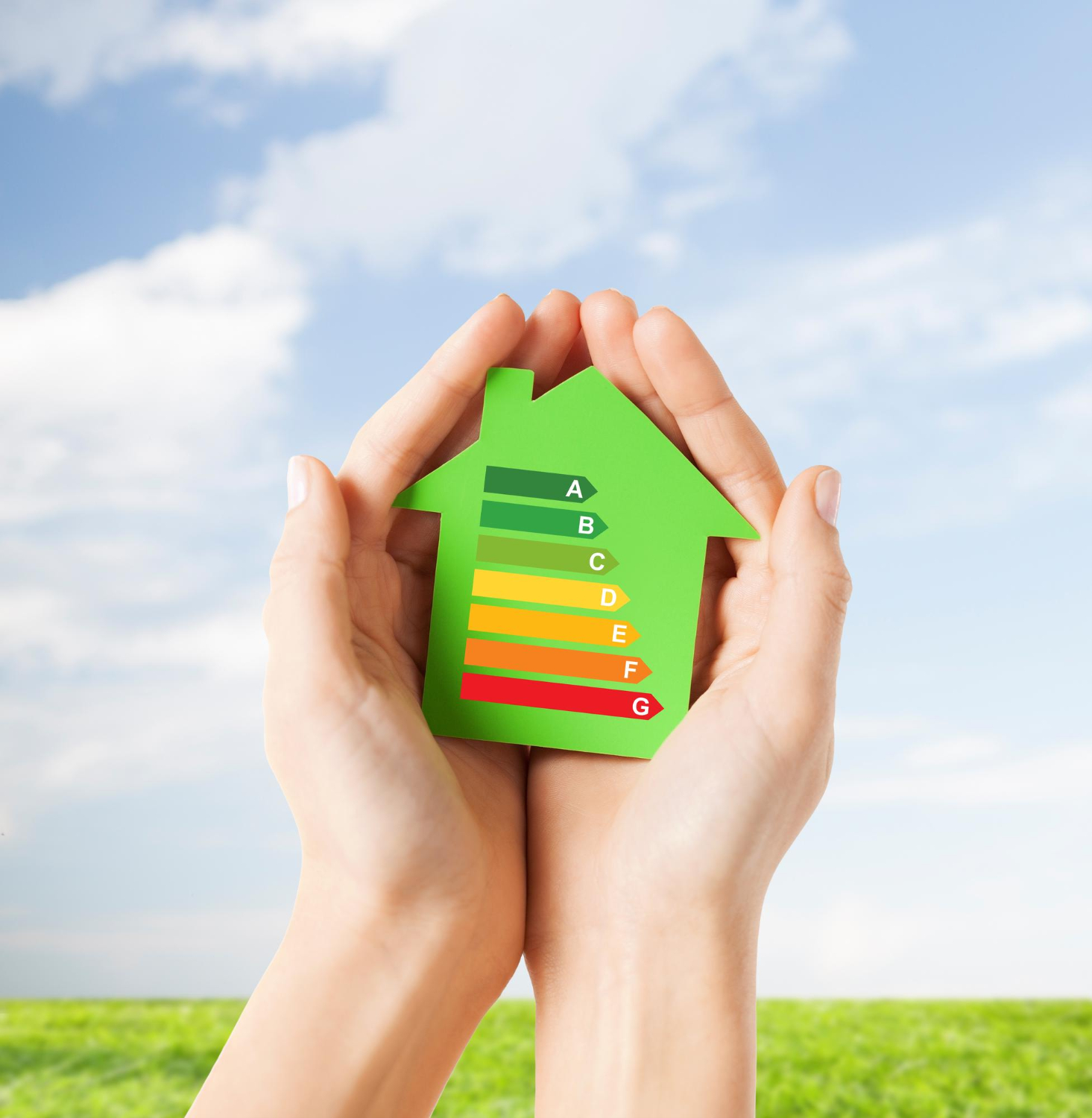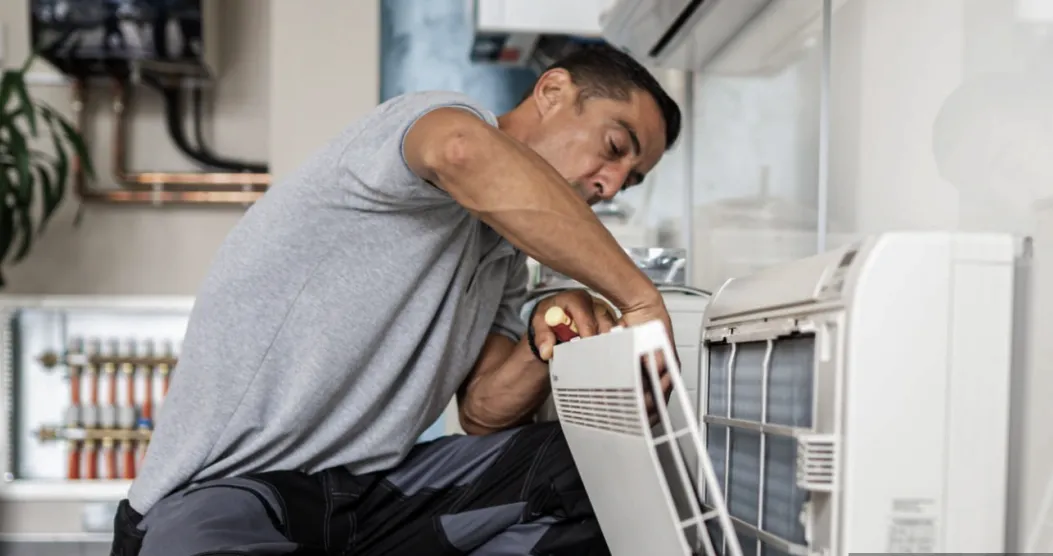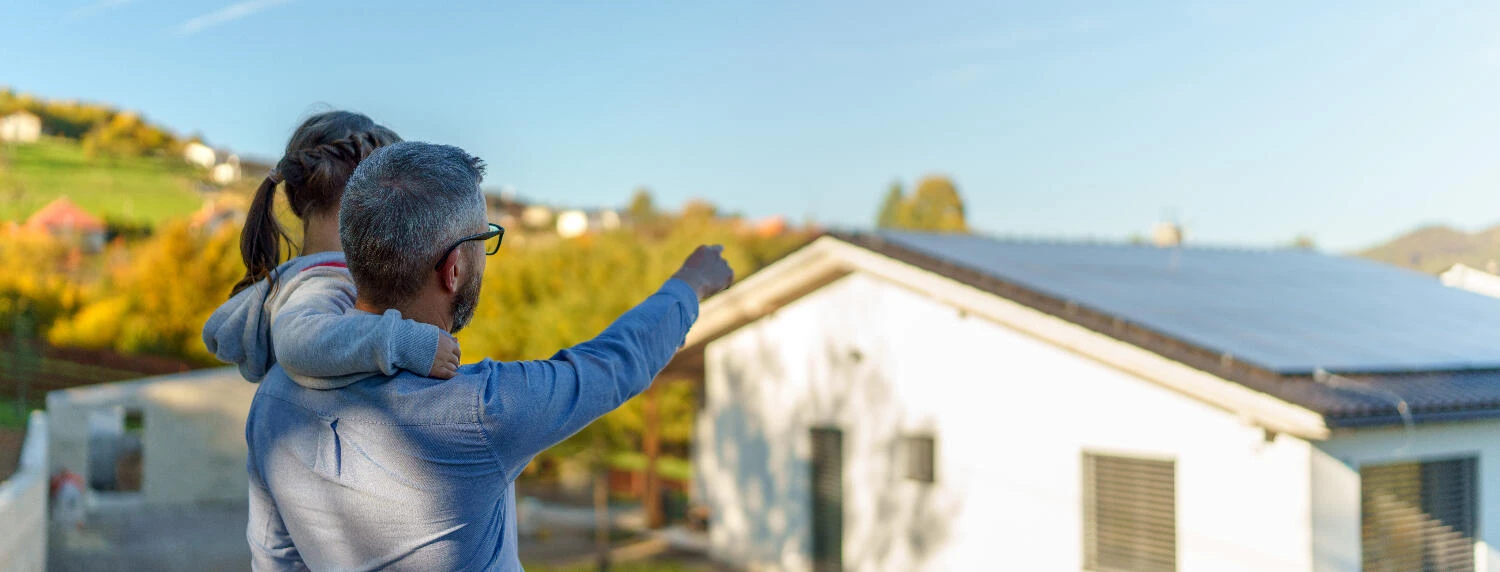
The Power of Home Weatherisation
The Impact of Home Weatherization
Home weatherization is crucial for energy efficiency, comfort, and health. Properly weatherizing your home can lead to significant benefits and savings.
1. Energy Efficiency
- Energy Loss Sources: Drafts, leaks, and poor insulation can contribute to energy loss. Identifying and addressing these issues is key to improving energy efficiency.
- Reduced Heating and Cooling Needs: Proper weatherization can lead to lower heating and cooling bills by reducing the need for constant temperature adjustments.
- Environmental Benefits: Reduced energy consumption lowers carbon emissions, contributing to environmental conservation.
Image 1: Diagram showing how drafts and leaks contribute to energy loss in a home.
Image 2: Comparison of energy bills before and after weatherization, illustrating potential savings.
Image 3: Infographic highlighting the environmental benefits of reduced energy consumption.

2. Comfort and Health
- Temperature Regulation: Weatherization enhances indoor comfort by preventing drafts and maintaining a consistent temperature.
- Moisture Control: Proper sealing helps prevent moisture buildup, reducing the risk of mould and mildew.
- Air Quality: Improved insulation and sealing can lead to better indoor air quality by minimizing drafts and outside pollutants.
Image 4: Person enjoying a comfortable indoor environment, free from drafts and temperature fluctuations.
Image 5: Home with proper sealing preventing moisture buildup and mould growth.
Image 6: Clean and healthy indoor air quality, indicated by a well-ventilated and sealed home.
3. Identifying Trouble Spots
Windows and Doors
- Weatherstripping: Weatherstripping seals gaps around windows and doors, improving insulation and reducing drafts.
- Caulking: Caulking is crucial for sealing cracks and gaps to prevent air leaks.
- Double Glazing: Double-glazed windows provide better insulation and reduce heat loss.
Image 7: Installation of weatherstripping around a window to seal gaps.
Image 8: Applying caulk to seal cracks and gaps around doors and windows.
Image 9: Comparison of single-glazed versus double-glazed windows, highlighting insulation benefits.
Attic and Roof
- Insulation: Proper attic insulation prevents heat loss and enhances energy efficiency.
- Roof Inspection: Regular roof inspections help identify leaks and damage that can affect insulation and energy efficiency.
- Ventilation: Good attic ventilation prevents moisture buildup and maintains insulation effectiveness.
Image 10: Attic insulation being added to improve energy efficiency.
Image 11: Roof inspection for identifying leaks and damage.
Image 12: Proper attic ventilation setup to prevent moisture buildup.
4. DIY Weatherization Tips
Sealing Gaps and Cracks
- Common Trouble Areas: Identify areas like baseboards, electrical outlets, and pipes where gaps may occur.
- Sealant Options: Use caulk or expandable foam to seal gaps and cracks effectively.
- Door Sweep Installation: Install door sweeps to block drafts and improve energy efficiency.
Image 13: Sealing gaps around baseboards and electrical outlets with caulk.
Image 14: Applying expandable foam to seal larger gaps around pipes and other openings.
Image 15: Installing a door sweep to prevent drafts from entering through the bottom of a door.
Insulation Upgrade
- Attic Insulation: Adding insulation to the attic helps retain heat and reduce energy bills.
- Wall Insulation: Upgrading wall insulation can be beneficial, especially for older homes with inadequate insulation.
- Insulation Blankets: Use insulation blankets for hot water heaters and pipes to prevent heat loss.
Image 16: Installing additional insulation in the attic.
Image 17: Wall insulation installation in an older home.
Image 18: Wrapping hot water heaters and pipes with insulation blankets.
5. Calculating Potential Savings
Energy Bill Reduction
- Estimate Savings: Calculate potential monthly savings by sealing gaps and improving insulation.
- Seasonal Impact: Explain how savings can vary depending on the seasons.
Image 19: Chart showing estimated monthly savings on energy bills after weatherization improvements.
Image 20: Seasonal comparison of energy savings, illustrating different impacts during summer and winter.
Return on Investment
- Cost vs. Savings: Compare the cost of weatherization improvements to the potential long-term savings.
- Increased Home Value: Weatherization can enhance a home’s resale value, making it a valuable investment.
Conclusion
Home weatherization is essential for saving money, enhancing comfort, and improving energy efficiency. By understanding its importance, identifying trouble spots, and implementing DIY tips, homeowners can achieve significant benefits. Invest in weatherization today to enjoy lower energy bills and a more comfortable living environment.












